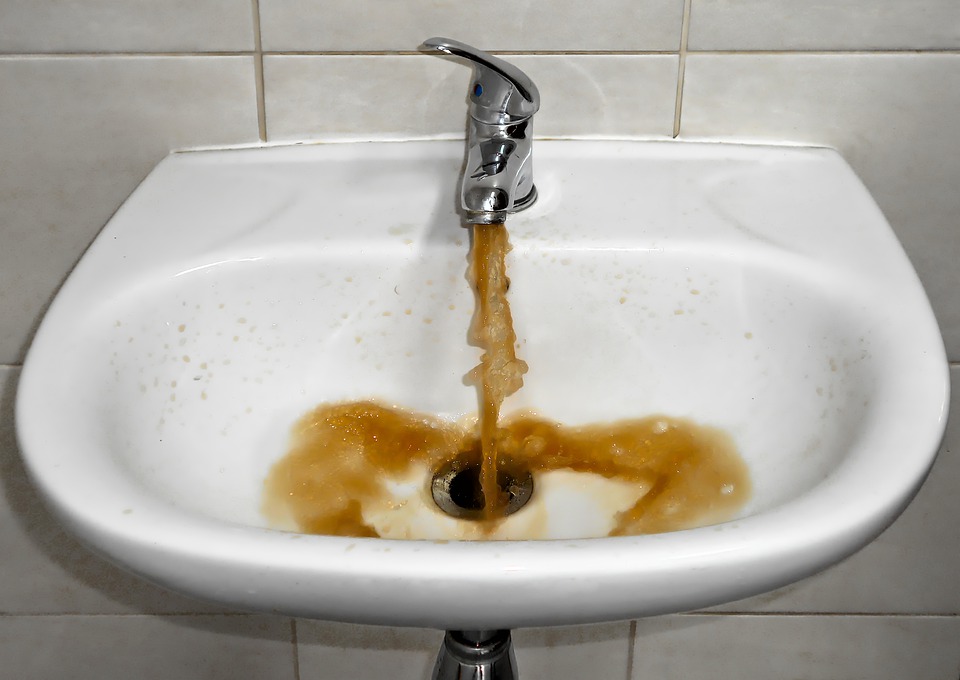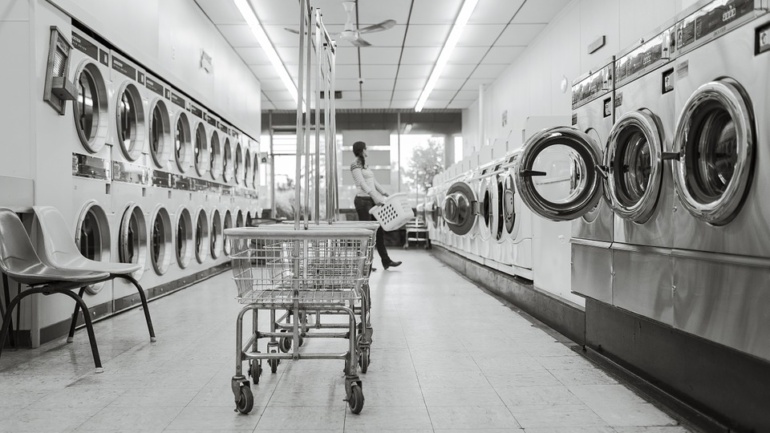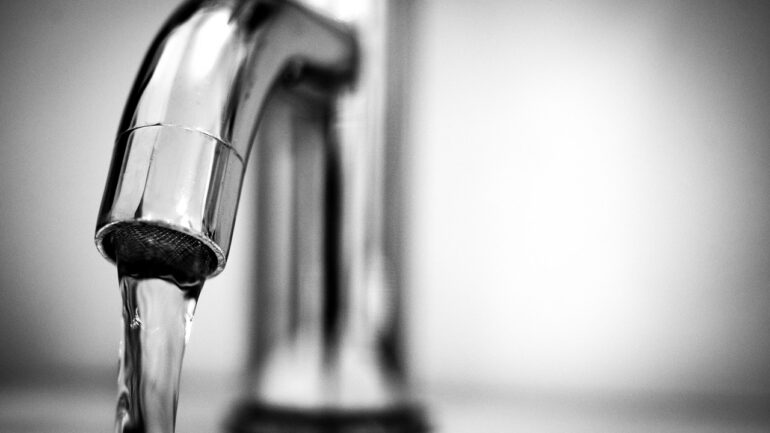By Victor Rivera-Diaz, Staff Researcher & Writer at Save The Water™ | March 29, 2021
Not all water is created equal: the 140,000 public water systems (PWS) flowing throughout the United States drastically differ in quality across its many diverse communities. Specifically, poor water quality leads to poor health for mostly underserved and minority populations in high-risk areas. Race, income, and population density are all important determinants of water contamination levels and their community impacts.
A case in point is the link between freshwater stream health and several human well-being indicators. Moreover, the higher-than-average risks faced by over 25 million people pose a considerable challenge to local water managers. These water quality disparities amount to environmental injustice, requiring a change in existing regulations to address water inequality.
Tying stream health and human health
With concerns over the relationship between human health and ecosystem health, the topic of water is increasingly at the center of these investigations. A recent study, published in Ecological Indicators, looked into the connection between the health of freshwater streams and nearby residents in Virginia. The research team chose this study area due to its “demographic and ecological diversity” and the extremes in income and human health data.
The study concluded that areas with poor stream water quality demonstrated higher rates of health and income-related problems for largely minority residents. These problems include lack of cheap and nutritious food, shorter life spans, obesity, and increased mortality or death rate.
Additionally, the researchers had unanticipated the conclusive links between the many indicators. Marc Stern, a professor in the Department of Forest Resources and Environmental Conservation, said that their “expectations on finding meaningful relationships between stream health and human factors weren’t that high. The fact that they showed up so distinctly was a surprise.”
Water inequality across the US
Investigators from The Guardian examined the conditions of the 140,000 public water systems (PWS) in the US. To carry out their research, they used county demographic data made available by the US Census Bureau. PWS which were not in compliance with federal regulations for the past five years received violation points.
Critically, the findings determined that areas made up of 25% Latinos or more violate standards at double the national rate.
Moreover, the worst of the PWS, with at least 15 violations in the past five years, provide water to 25 million people. Approximately 5.8 million of the affected are Latino.
The three states with the highest number of problematic PWS are Texas, California, and Oklahoma. The highest averages per state occur in Oklahoma, followed by West Virginia and New Mexico.
Key findings
Furthermore, the following points highlight the most critical data discovered in the investigation:
- Safe drinking water is not available to all; geography, race, and income affect quality
- Poor counties have two times the number of violation points as compared to wealthy counties
- Violation points in rural counties surpass metropolitan counties by 28%
- Over the years, many counties have consistently violated federal and state standards without any government action or community advisories
On the whole, experts are most concerned with the lack of compliance in smaller communities. The southwestern United States, in particular, is a hot spot for water inequality.
The human health costs of water inequality
Among the many contaminants identified in The Guardian investigation, the team found alarming levels of nitrates and arsenic. These substances are dangerous to human health. The risks include specific cancers such as bladder and skin cancer as well as birth defects.
Latinos are the most exposed ethnic group to the above contaminants, particularly in places such as the Central Valley of California. This region produces 40% of the nation’s fruits and nuts. Yet, its groundwater contains a blend of contaminants directly related to intensive agricultural activities.
Other contaminants include disinfection byproducts in water supplies across low-income, rural areas. These substances eliminate bacteria in water. However, they can react with organic matter to produce harmful substances that can lead to bladder cancer.
Finally, concentrations of radionuclides or unstable atoms, copper, arsenic, and other natural metals violated standards in states such as West Virginia. Mountaintop removal coal mining is likely tied to contamination in the area.
The contaminants mentioned above present a “quieter threat.” Unlike biological contaminants in developing nations, the presence of heavy metals, radiation, and other chemicals build up in unseen amounts. Over time, they become a significant health risk.
A broken system
Behind the contaminated public water supply lies a broken system. Ranging from underreporting to community mistrust, the impacts of poorly-managed public water systems are far-reaching.
Dr. Upmanu Lall, director of the Columbia Water Center and chair of the Department of Earth and Environmental Engineering at Columbia University, calls the current situation a “mess.” According to Lall’s research, water managers underreport drinking water violations about 38% of the time. Further, water quality testing tends to only occur at the source. This short-sighted testing fails to account for pollution from chemicals like lead as water travels to the tap.
The lack of adequate testing has led small, rural communities to rely on bottled water for years. East Orosi in California, made up of about 700 people, in one such case. Here, children avoid swallowing any bathwater. The reason: local water supplies contain nitrate levels that are 15 times greater than federal standards.
With small communities most at risk, it is worth noting that 97% of the 140,000 public water systems across the country serve fewer than 10,000 people. Moreover, water managers fail to report roughly 92% of violations to the US Environmental Protection Agency (US EPA). These numbers create a situation in which consumers are less likely to trust their local water authorities. As it turns out, Latinos are the most vulnerable to community-wide distrust, often equating tap water to the dangers of drinking alcohol and smoking.
Upholding environmental justice laws to curb water inequality
In grappling with water equality in the US, it is vital to consider existing environmental justice laws. Executive Order (EO) 12898 defines environmental justice as the “fair treatment and meaningful involvement of all people regardless of race, color, national origin, or income, with respect to the development, implementation, and enforcement of environmental laws, regulations, and policies.”
From the data seen thus far, it is evident that existing water inequality does not abide by federal law. On this note, the Virginia study’s research team indicated that several social and political factors, apart from ecosystem health, warrant further investigation. As one example, high-crime areas are generally correlated with lower water quality. One reason may be that these areas lack sufficient legal structures and funding to improve local conditions.
Moreover, the issue of community distrust requires greater transparency. “There needs to be more transparency explaining how the water is tested, and what standards it’s held to and how they can rely on it to be a safe drinking water source. It is important for people to understand in their community what the primary violations are for and what their alternative water sources are,” said Paloma Beamer, a public health expert at the University of Arizona.
Overall, rigorous enforcement of federal and state standards coupled with adequate testing is the key to curbing water inequality. This is especially true for local water authorities in areas where federal and state oversight is lacking.
Get involved!
If you are one of the many affected by water contamination or would like to learn more about water issues and environmental justice, check out the resources and tips below:
- Search problem contaminants in your area with the Water Pollution Search web tool (US EPA)
- Learn more about environmental justice (EJ) on the US EPA’s official EJ website
- Read more about water issues on our news page
The issue of water contamination affecting the United States is widespread and unequal. Most concerning, water inequality harms small and overlooked communities at a greater rate. It’s time to make the promises of environmental justice count by ensuring safe drinking water for all.





